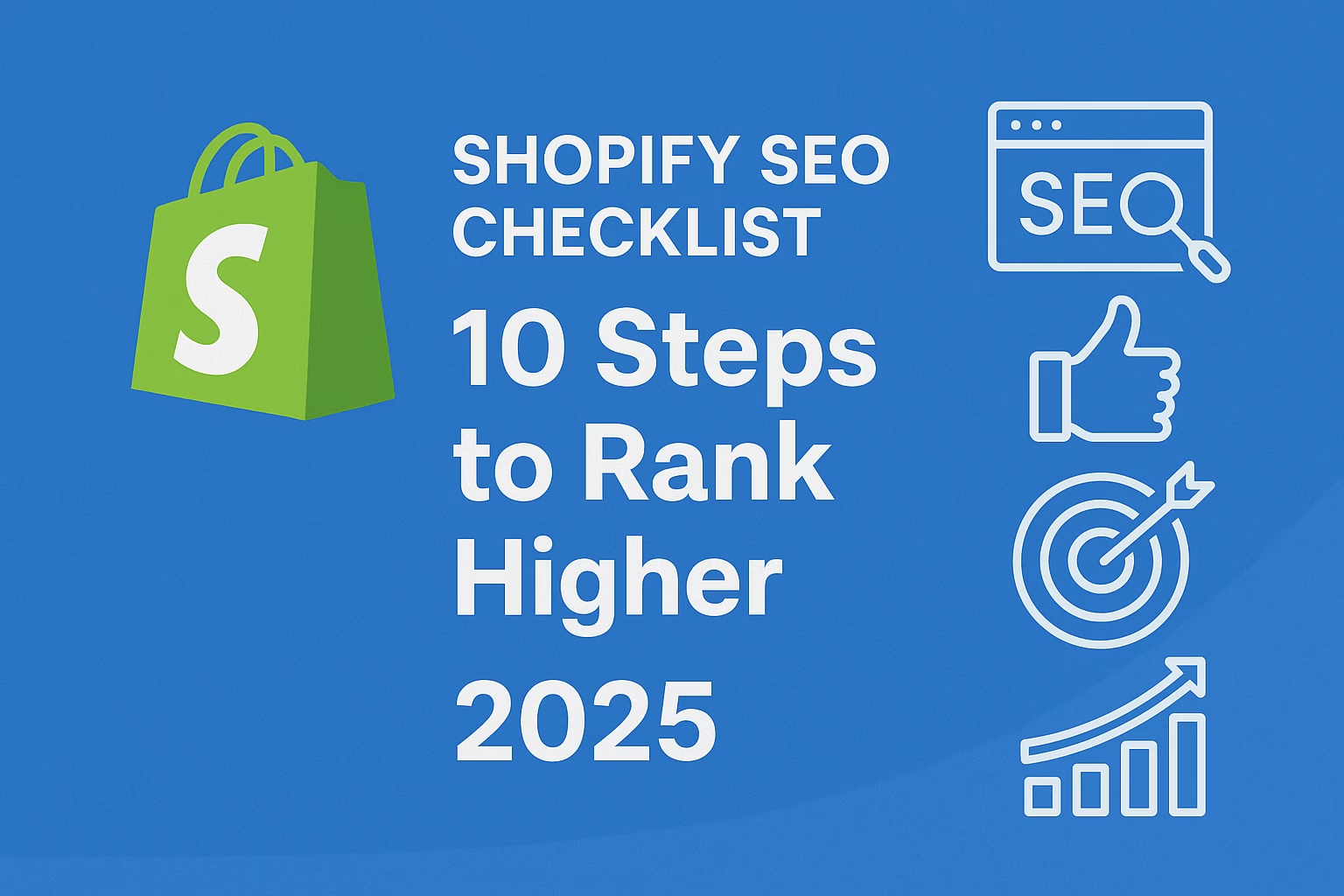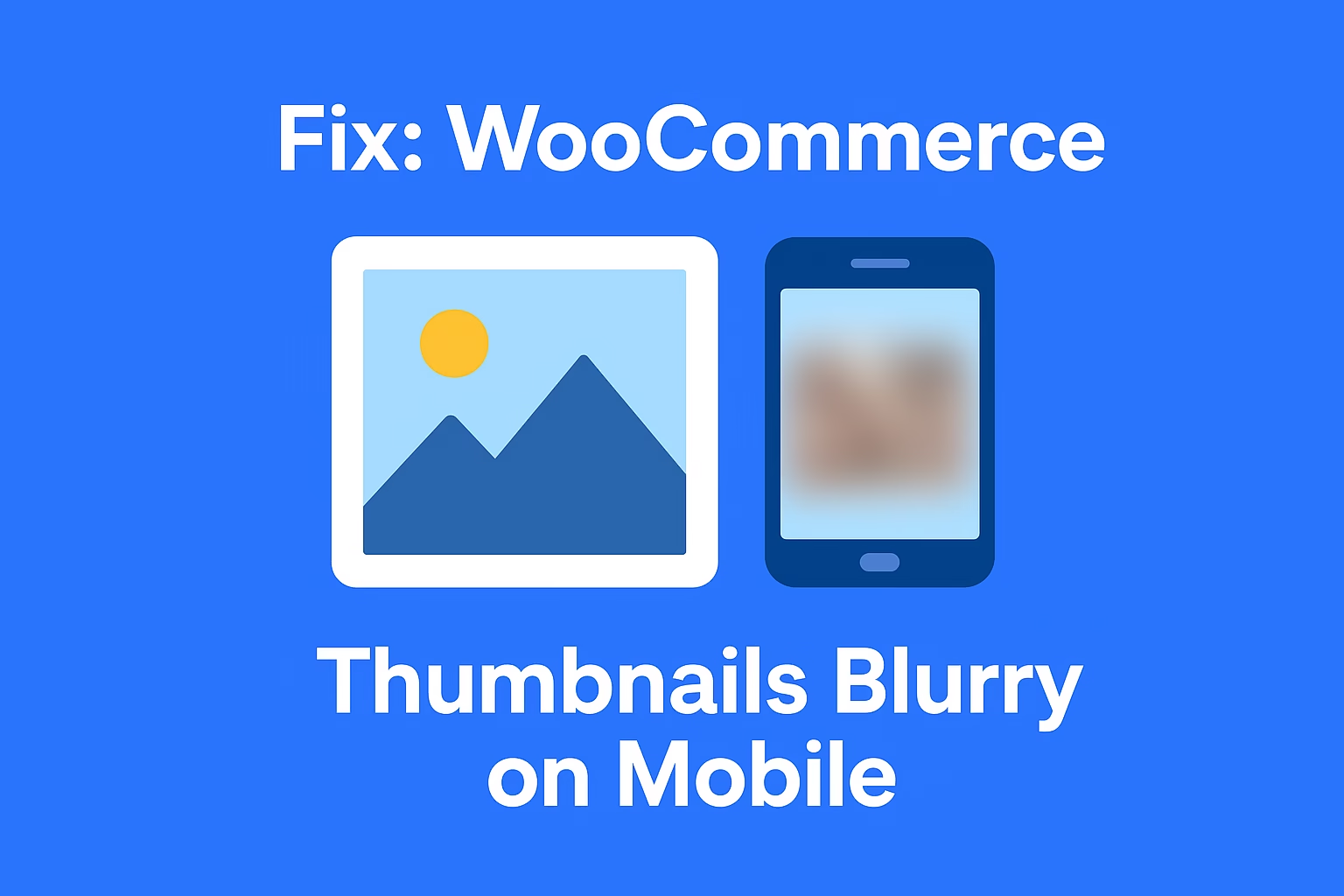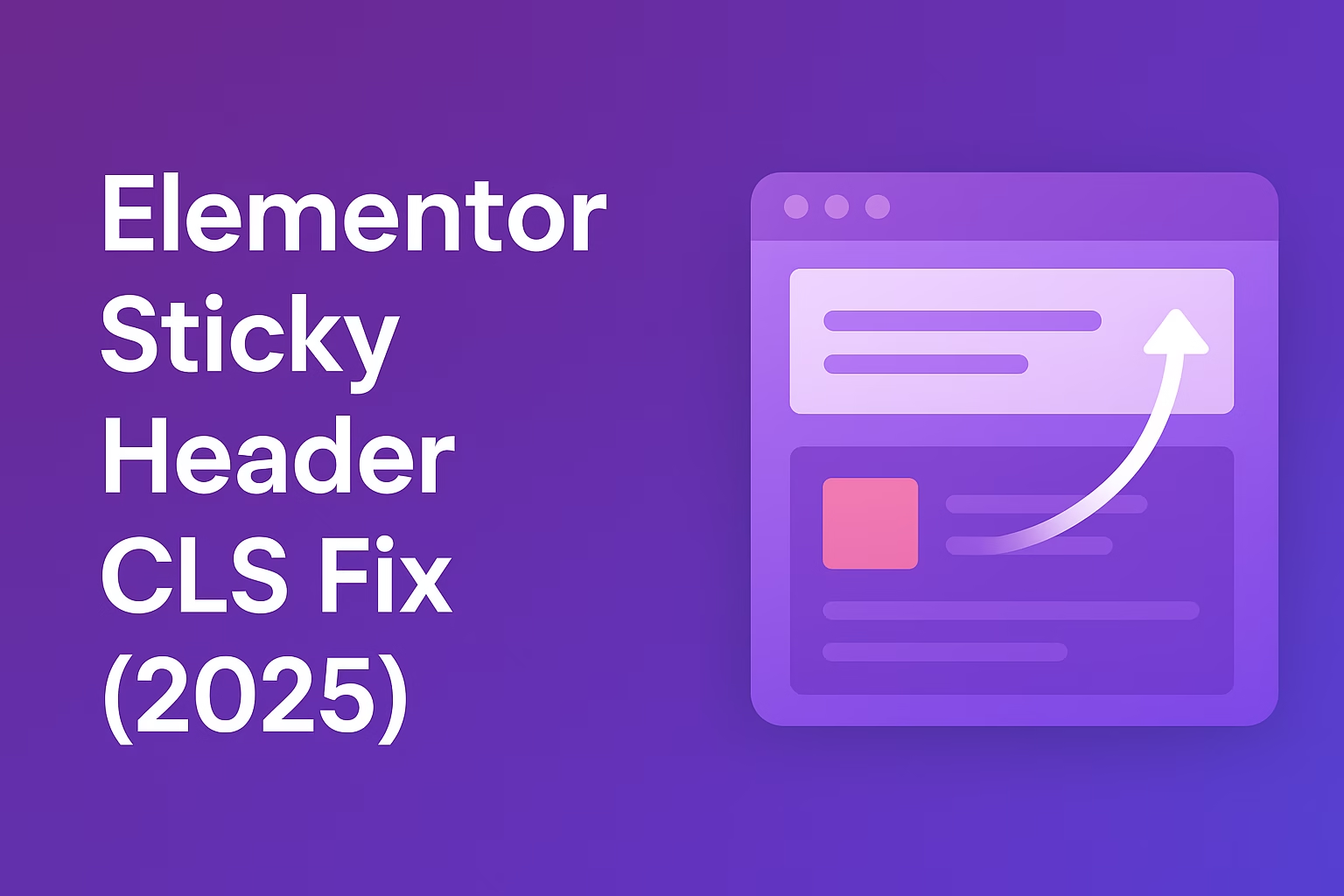SEO Manager and TinyIMG are two of the best SEO apps for Shopify. They help edit metadata, compress images, fix 404 errors, and improve overall site visibility in search engines.
Want to boost your Shopify store rankings and get more organic traffic in 2025? You’re not alone. Thousands of store owners are finally realizing that without SEO, their paid ads won’t carry them forever. The good news? You don’t need to be a tech wizard to rank higher — you just need to follow a proven step-by-step process.
In this Shopify SEO checklist, we’ll walk you through the exact steps you need to take to improve visibility, get more traffic, and turn browsers into buyers — all while building long-term search engine equity. Let’s go.
1. Optimize Your Page Titles and Meta Descriptions
Your title tag is what shows up in Google search. It should contain your primary keyword, your brand or offer, and a reason to click. Meta descriptions don’t impact ranking directly, but they influence click-through rates — and that impacts SEO indirectly.
- ✅ Include your main keyword at the beginning
- ✅ Use power words like “Buy,” “Free,” “2025,” or “Fast Shipping”
- ✅ Keep titles under 60 characters, meta descriptions under 155
Example:
Title: Eco-Friendly Yoga Mats | Free Shipping in 2025
Meta: Shop durable, eco-friendly yoga mats with fast U.S. delivery. See why thousands trust our gear.
2. Use SEO-Friendly URLs
Shopify auto-generates messy URLs with categories, dates, or nonsense characters. Clean them up manually before publishing new pages.
- ✅ Use short URLs with the main keyword (e.g., /best-running-shoes)
- ✅ Avoid stop words like “and,” “for,” “to,” etc.
- ✅ Don’t use capital letters or special characters
Pro Tip: Never change live URLs unless you’re 301 redirecting them — or you’ll lose ranking juice instantly.
3. Add Keywords to Your Product Titles and Descriptions
Google can’t see your images — it reads your content. That means your product titles and descriptions should naturally include your primary keyword and related search terms.
- ✅ Research keywords using Ahrefs, Ubersuggest, or GSC
- ✅ Place the keyword in the first 100 words of your description
- ✅ Avoid keyword stuffing — write for humans first
Bonus: Add use cases or benefits to rank for long-tail terms (e.g., “yoga mat for sweaty hands” or “travel-friendly fitness gear”).
4. Compress and Rename Product Images with Keywords
Large images slow down your site, and unoptimized filenames are a wasted SEO opportunity. Every image you upload should be compressed and renamed with a relevant keyword before you even drag it into Shopify.
- ✅ Use tools like TinyPNG or ShortPixel to reduce file size
- ✅ Rename images like
vegan-leather-crossbody-bag.jpg - ✅ Always add descriptive alt text for accessibility + SEO
Alt Text Example:
“Eco-friendly vegan leather crossbody bag with adjustable strap.”
5. Build Internal Links Between Key Pages and Blog Posts
Internal linking helps Google crawl your site more efficiently and transfers link authority from strong pages to weaker ones. It also keeps users engaged by guiding them to other helpful pages.
- ✅ Link related blog posts to each other using contextual anchor text
- ✅ Point from product pages to category pages (and vice versa)
- ✅ Use keyword-rich anchors like “shop eco yoga mats” instead of “click here”
Example: If you wrote a blog post on “Best Shopify Marketing Apps,” link it in your product description: “We use these Shopify marketing apps to grow our traffic fast.”
6. Create a Shopify Blog and Post Consistently
Google favors sites that regularly publish helpful content. A blog builds topical authority, ranks for long-tail keywords, and attracts backlinks. Most importantly, it brings in pre-qualified traffic to your product pages.
- ✅ Target questions your customers are already Googling
- ✅ Write in-depth, SEO-optimized posts (like this one 💪)
- ✅ Link from blog posts to products, collections, or other articles
Pro Tip: Build topic clusters. For example, write a main post about “Shopify SEO” and support it with related posts like “Best Shopify SEO Apps,” “How to Write Meta Titles,” etc.
7. Submit Your Sitemap to Google Search Console
Google needs to know your site exists before it can rank anything. Submitting your sitemap helps Google crawl and index your content faster. Shopify automatically creates a sitemap at /sitemap.xml.
- ✅ Go to Google Search Console and verify your domain
- ✅ Submit:
https://yourstore.com/sitemap.xml - ✅ Check for coverage issues or indexing errors weekly
Pro Tip: After publishing new blog posts or product pages, request indexing manually to speed things up.
8. Install and Configure an SEO App
Even though Shopify’s SEO is decent out of the box, third-party SEO apps give you advanced tools to fine-tune everything. They’re especially helpful for larger stores or anyone not comfortable editing code.
- ✅ Use apps like SEO Manager or TinyIMG
- ✅ Monitor broken links, edit metadata, add schema, and compress images
- ✅ Avoid apps that overlap in features — they can cause conflicts
Need help choosing? Check out our Best Shopify SEO Apps for 2025 post.
9. Optimize for Mobile Speed and Core Web Vitals
Google ranks mobile-first. If your site loads slow or has layout shifts, you’ll lose both rankings and customers. This is where performance optimization meets SEO.
- ✅ Use Shopify 2.0 themes optimized for speed
- ✅ Compress all images and limit third-party scripts
- ✅ Run tests with PageSpeed Insights and GTmetrix
Pro Tip: Avoid heavy video autoplay on mobile. It destroys load time and user experience.
10. Build Backlinks to Your Key Pages
Backlinks remain one of Google’s strongest ranking factors. Getting links from other websites to your Shopify blog or product pages signals trust and authority — helping you climb the SERPs.
- ✅ Guest post on niche blogs and link back to your store
- ✅ Submit your store to relevant directories
- ✅ Share blog posts in Facebook groups, Reddit threads, and Quora answers
Focus: Build links to your homepage, top product pages, and high-quality blog content. It compounds over time — and rankings follow.
Conclusion
SEO isn’t just a nice-to-have — it’s the engine behind every high-ranking, high-profit Shopify store. If you want consistent traffic that doesn’t rely on ads, this checklist is your roadmap. These ten steps give you everything you need to optimize your site for Google and drive real, compounding growth in 2025.
You don’t need to be perfect — just consistent. Start by fixing what you can today: your titles, images, internal links, and blog schedule. Then slowly layer in structured data, technical tweaks, and content marketing until your store becomes an SEO machine.
Need help dialing in your Shopify SEO strategy? Hit me up here and I’ll personally guide you through it.
Also check out:
Now go implement this shit — and watch your rankings climb.




